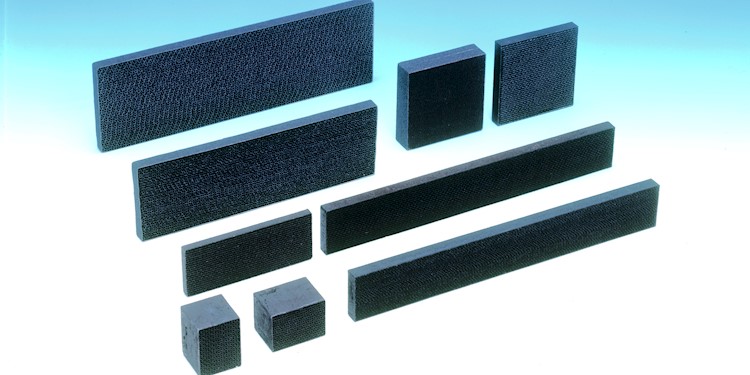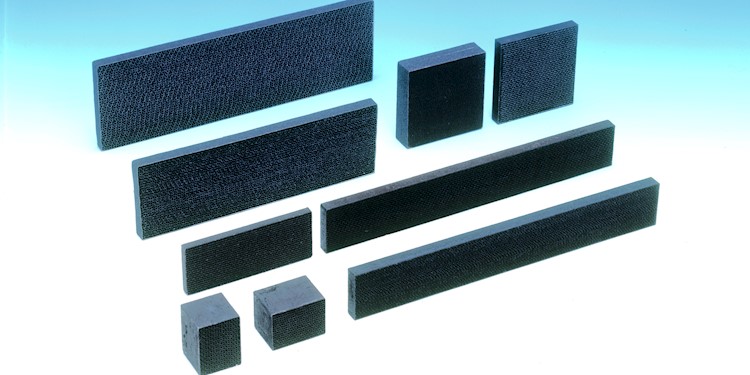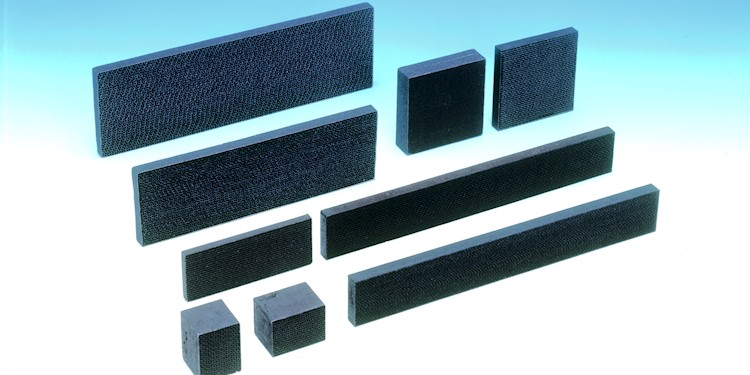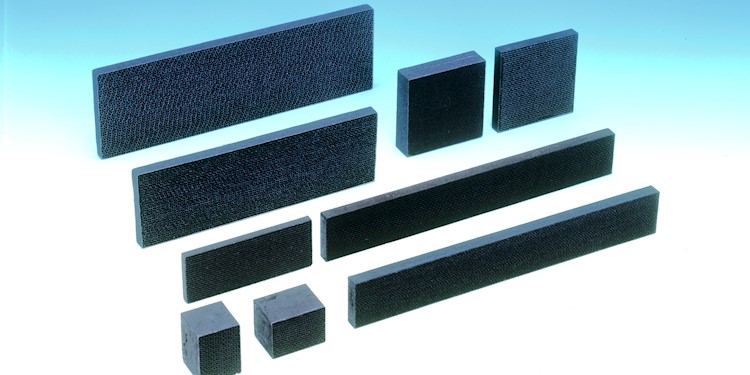
Ozone removal filter series Part 9. - Honeycomb cell types and advantages
As a manufacturer of inorganic fibre honeycomb substrates, Nichias has a wide range of cell types. The smaller the cell type, the better the ozone removal performance per unit volume. However, there is a difference between the finest cell type and the maximum cell type in terms of advantages, disadvantages, and performance achieved.
The smaller the cell type becomes, the more the pressure loss increases. That means there is more resistance against the air volume that passes through the filter. This leads to longer residence time within the filter and quicker wear down of the material.
Depending on the intended use, ozone removal efficiency will vary. To satisfy those different needs, it is necessary to select the optimum cell type for the ozone removal filter based on various factors, such as width, inlet temperature, moisture, etc. Ideal performance is therefore affected by selecting the honeycomb substrate (for example, inorganic fibre or other) and cell type.
Nichias can propose the most suitable model based on multiple cell types we can manufacture and utilise our industry experience.
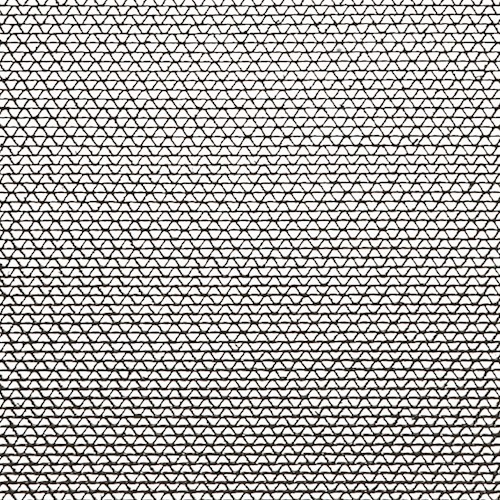
* The following figure shows a selection of a few ozone filter cell types and the difference in typical ozone removal efficiency and pressure loss depending on the cell type.
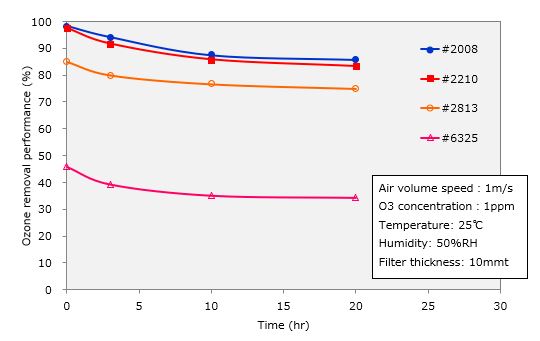
Ozone removal filters are used in multiple industries and applications. This article focuses on the …
Read moreOzone removal filters are used in multiple industries and applications. This article focuses on surf…
Read moreOzone removal filters are used in multiple industries and applications. This article focuses on the …
Read moreOzone can have harmful effects on the human body
Read more
